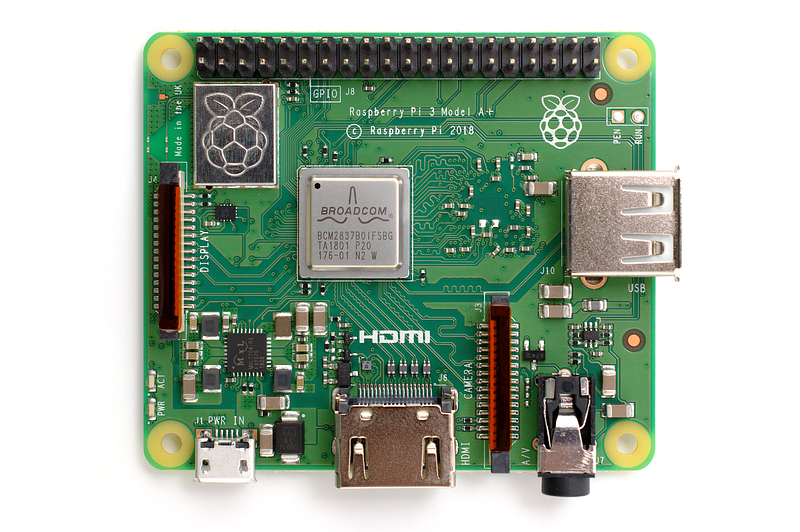
First, the Raspberry Pi 4. Launched with a view to providing power users with something a with a little more headroom than the 4GB model – itself a fourfold increase on the memory available on its direct predecessor the Raspberry Pi 3 – the new 8GB model doubles the maximum memory while retaining full backwards compatibility. With that said, though, getting the most out of the device does require a 64-bit operating system – and I take a look at third-party options as well as the Raspberry Pi Foundation’s own Raspberry Pi OS in 64-bit builds.
The Nvidia Jetson NX Developer Kit is another device that takes advantage of a 64-bit operating system, but with a very different focus: where the Raspberry Pi 4 Model B 8GB is aimed at hobbyists, the Nvidia Jetson NX Developer Kit looks towards the professional end of the market – and offers some serious GPU horsepower for machine learning work, plus a new “cloud native” software model that containerises workloads to separate them from the underlying OS and to make it easy to run multiple workloads on a single device.
Finally, Home Computers is another in a series of coffee-table tomes investigating early personal computers – but one with a twist: The 100 machines contained within are taken exclusively from The Centre for Computing History in Cambridge. Each is captured in a series of high-quality photographs, including some close-ups and detail shots you won’t find elsewhere, and accompanied with a short write-up of its origins and capabilities. While it would have been nice to see the machines switched on – each is captured in its powered-off state, a shame given the Centre’s reputation as a hands-on “living museum” – it’s still a great book for vintage computing enthusiasts.
Custom PC Issue 204 is available now at the usual stockists, or online with global delivery from the official website.






 My Hobby Tech column for this month’s Custom PC features three reviews: the
My Hobby Tech column for this month’s Custom PC features three reviews: the 

